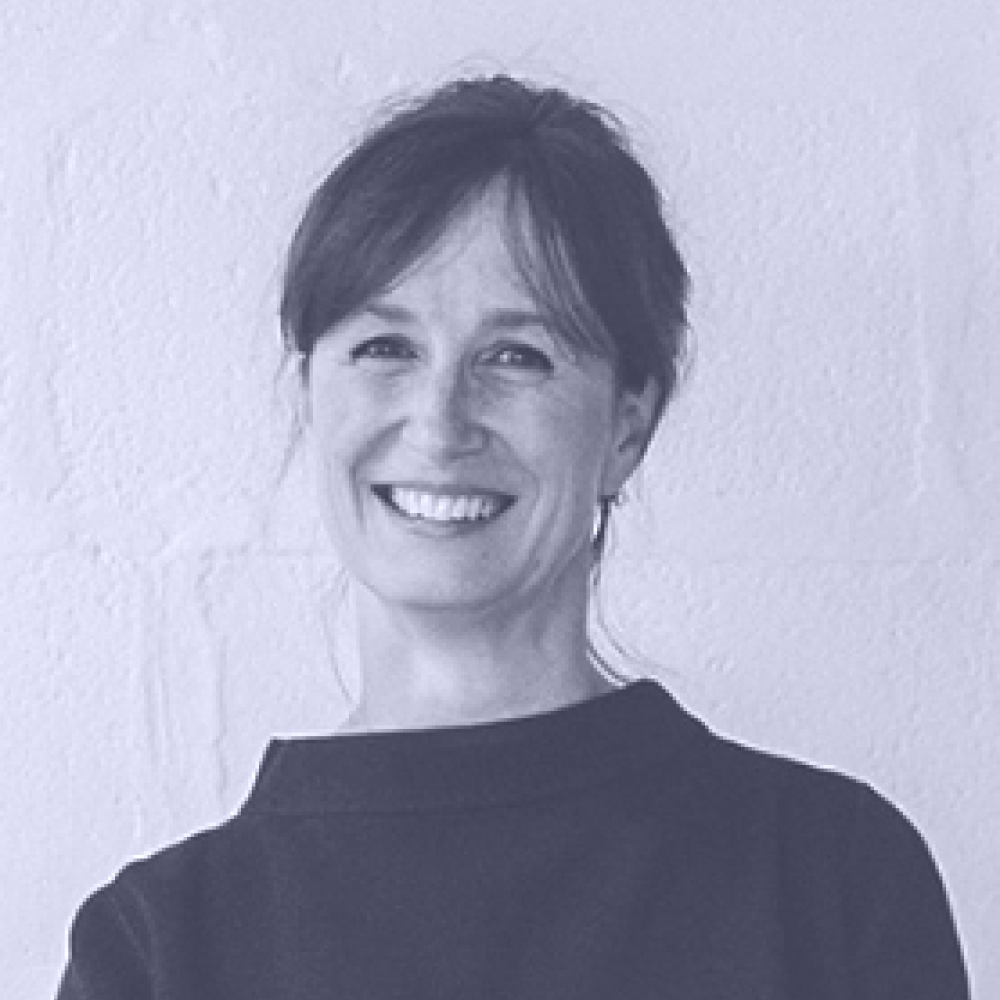Details.
When
Friday 22 July 2016
8.45am – 5.00pm
Where
Eternity Playhouse
39 Burton Street
Darlinghurst Sydney NSW
— Google Maps
Tickets
Tickets for this event are sold out.
Program Info
As housing density increases and the sharing economy grows, today’s architects are faced with new challenges. How can we harness these complexities to create housing models that will benefit the financial, social and environmental future of our cities? The Housing Futures forum will speculate on residential architecture across all scales, locations and types including apartment living and aged, multigenerational and student housing. The symposium will feature international and local keynote speakers and a panel discussion where audience participation is encouraged.
Partners
Housing Futures 2016Major Partners
Supporting Partners
Earn CPD Points
Presenting Partner
Download CPD Questions and Learning Outcomes
2016 Housing Fullprogram Kb Mm FullContacts
Event Enquiries Sponsorship EnquiriesProgram.
- 8.45 am Attendee arrival
- 9.00 am Welcome from Katelin Butler, Editor, Houses magazine
-
9.15 am
Keynote Address
Jo McCafferty
Director, Levitt Bernstein (London) -
10.00 am
Keynote Address
Stephen Pimbley
Founding Director, SPARK (Singapore) - 10.45 am Morning tea
- 11.15 am Case Studies
-
Introduction
Melinda Payne
Associate to the Government Architect, Western Australia (Perth) -
Multigenerational Housing
Suzanne Benn
Professor of Sustainable Enterprise at University of Technology, Sydney (Sydney) -
Suburban Housing
Christopher Kelly
Principal, Architecture Workshop (Wellington) -
Student Housing
Graham Burrows
Director, Jackson Clements Burrows Architects (Melbourne) -
12.15 pm
Keynote Address
Kerry Clare
Director, Clare Design (Sydney/Brisbane) - 1.00 pm Lunch break
-
2.15 pm
Keynote Address
Jean-Christophe Masson
Founding Director, Hamonic + Masson & Associés (Paris) -
3.00 pm
Panel Discussion
Where to From Here?
Jean-Christophe Masson (Hamonic + Masson & Associés); Stephen Pimbley (Spark Architects); Jo McCafferty (Levitt Bernstein); Kerry Clare (Clare Design). - 3.45 pm Closing comments from Cameron Bruhn, Editorial Director, Architecture Media
- 4.00 pm Closing drinks
- 5.00 pm Event closes
- Download CPD Questions and Learning Outcomes
Keynote Addresses.

Social Living: Innovative Housing Typologies From Across The Globe
Presented by
Jo McCafferty, Director, Levitt Bernstein
With London and Sydney in the midst of a housing crisis, land is becoming increasingly scarce, building heights are rising and the impact on communities is worsening. Now more than ever, we need to make the most of sites through an ‘every millimetre matters’ philosophy in order to deliver the number and quality of homes needed.
In her keynote address, Jo McCafferty will look at how housing typologies have evolved in Europe over the past 60 years and how this evolution can inform design in the future. Specifically, she will focus on the concept of shared spaces within buildings and neighbourhoods, citing case studies from some trailblazing architects of this era. Their work, which offered clear social benefits to residents and communities, continues to influence design across Europe.

Multigenerational Living: New Housing Models For Social And Environmental Sustainability
Presented by
Stephen Pimbley, Director, Spark Architects
As the aged populations increase and the profile of this generation changes, new challenges and demands are placed on architects to develop alternative aged-care housing models.
In his keynote address, Stephen Pimbley will discuss Home Farm, a speculative housing model that aims to challenge the status quo of aged care by focusing on the needs of the residents and how they connect to their built environment. Home Farm brings together the intertwined issues of social and environmental sustainability in a setting that combines contemporary aged care and multigenerational living.
The often siloed activities of commercial farming, education and aged-care living are conjoined. In Home Farm, the older generation is given the opportunity to remain active, engaged and healthy in an environment that promotes self-esteem.

Influencing The Quality Of Housing: Policy, Environment And Amenity
Presented by
Kerry Clare, Director, Clare Design
Australia’s population reached 24 million in March this year – 17 years earlier than predicted – and is set to grow by one million every two to three years. Infrastructure is struggling to keep up. In the scramble to supply housing, the need to provide amenity and meet environmental targets is crucial. Urban design and architectural responses need to be matched with rigorous politics. In her presentation, Kerry Clare of Clare Design will discuss housing solutions in Singapore, Amsterdam and Australia and their relationship with government policy. She will also discuss her own experience delivering housing and environmental solutions, and her role on design advisory panels.

Making The Ordinary Extraorinary: Housing That Reflects A City And Its Inhabitants
Presented by
Jean-Christophe Masson, Hamonic + Masson & Associés
The life and richness of a city are its inhabitants. Every city across the world is looking for new and exceptional solutions for housing these inhabitants. Jean-Christophe Masson will discuss Hamonic + Masson & Associés’ housing works and reflect on the responsibility of the architect in the creation of housing that responds to current and future living patterns.
Hamonic + Masson & Associés strongly believe that to be an architect is above all a question of state of mind. The practice strives to invent new territories, make the ordinary extraordinary, and seize opportunities when they present themselves. In terms of housing, this is fundamentally about responding directly to the needs of the inhabitant and allowing life to emerge.
Case Study Talks.
Introduction
Presented by
Melinda Payne, Associate, Western Australian Office of the Government Architect
Multigenerational Housing: Balmain Houses, Sydney
Presented by
Suzanne Benn, Professor of Sustainability, UTS Business School, University of Technology, Sydney
Co-housing typically seeks to combine the autonomy of individual living with the advantages of a more communal approach to housing. This presentation gives the client’s view of the design principles underpinning a co-housing development designed by Benn and Penna. Located in the inner suburbs of Sydney, it accommodates three generations of one family in two separate but interconnected houses. The challenges and success factors of the development process are discussed and the overall social, environmental and economic bene ts are described. Reference is also made to the long-term future of the houses. This example is used to highlight the features of this particular approach to co-housing and why it is so pertinent to the Australian city of today. The presentation concludes with references to other models of co-housing that may be appropriate in different contexts.
Suburban Housing: Hobsonville, New Zealand
Presented by
Christopher Kelly, Principal, Architecture Workshop
Christopher Kelly will discuss two case studies, both located in Hobsonville, a new 3000-home dormitory suburb within a twenty-minute drive of Auckland’s city centre.
The masterplanning of the old defence land is managed by the Hobsonville Land Company (HLC), a subsidiary of Crown agency Housing New Zealand. As well as building the street infrastructure, utilities and all landscape planting, HLC development partner AV Jennings independently tenders the superblocks to a selection of volume-house builders.
The rst case study examines nineteen new two-storey houses designed by Architecture Workshop to assist volume builder Universal Homes through the Internal Design Review process. The eight new typologies make the most of the benign Auckland climate and the garden to optimize outdoor amenity at an increased density of forty- ve dwellings per hectare.
The second case study challenged the New Zealand preoccupation with the quarter-acre block size to smaller sites by developing a series of small-scale detached houses for smaller sites. HLC proposed a Test Lab by building three of the affordable houses and canvassing research on visitors’ perceptions over a six-month period, with some surprising results.
Student Housing: The Turner Building, Monash University
Presented by
Graham Burrows, Director, Jackson Clements Burrows Architects
This presentation will discuss the Turner Building, one of four new halls of residence at Monash University’s Clayton campus that together provide 1000 new student beds. The brief for this building was to deliver 250 studio apartments, common areas, support spaces and all associated landscaping.
The design of the Turner Building fosters and celebrates the idea of the student community on campus. Interaction, inclusion and engagement are actively encouraged – from ground- oor communal spaces that open to a generous landscaped courtyard, to intimate oor lounges that act as a home base for each wing of thirty rooms.
The building sits within a broad landscape context and its cranked plan form and multicoloured sunshading hoods respond to the topography and the site’s varied approaches and aspect. A robust, playful and engaging building that contributes positively to the campus environment is created. And for the occupants, it’s a home with an identi able sense of place.










